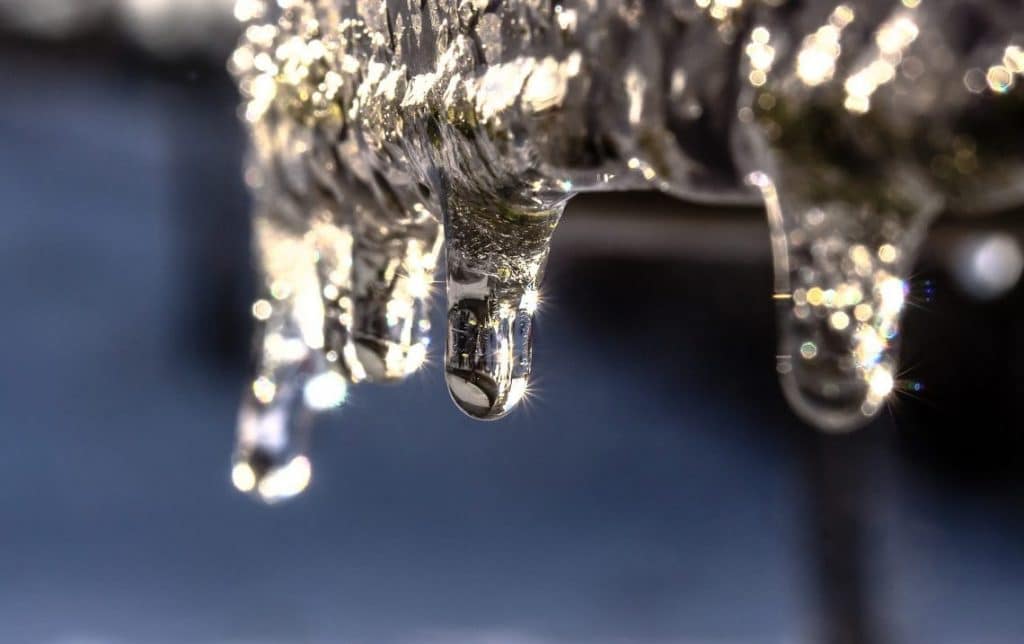Essential Tips for Avoiding Frozen Pipes in Winter Conditions
Essential Tips for Avoiding Frozen Pipes in Winter Conditions
Blog Article
What are your concepts on Preventing and dealing with frozen pipes?

Winter can damage your pipes, particularly by freezing pipelines. Right here's exactly how to stop it from occurring and what to do if it does.
Intro
As temperature levels decline, the risk of icy pipes increases, potentially bring about costly repair services and water damages. Recognizing just how to avoid frozen pipes is important for house owners in cool climates.
Avoidance Tips
Protecting vulnerable pipes
Wrap pipes in insulation sleeves or make use of warmth tape to secure them from freezing temperature levels. Concentrate on pipes in unheated or outside locations of the home.
Heating methods
Keep indoor rooms adequately heated up, specifically areas with pipes. Open up cabinet doors to enable warm air to circulate around pipelines under sinks.
How to identify icy pipelines
Seek decreased water circulation from taps, uncommon odors or sounds from pipelines, and noticeable frost on revealed pipelines.
Long-Term Solutions
Architectural adjustments
Consider rerouting pipes far from outside walls or unheated locations. Add added insulation to attic rooms, basements, and crawl spaces.
Upgrading insulation
Purchase top notch insulation for pipes, attics, and walls. Correct insulation helps preserve regular temperatures and minimizes the risk of icy pipes.
Protecting Outdoor Plumbing
Yard tubes and outdoor faucets
Detach and drain pipes garden pipes prior to winter season. Mount frost-proof spigots or cover outdoor taps with shielded caps.
Understanding Frozen Pipes
What triggers pipelines to ice up?
Pipelines freeze when exposed to temperature levels listed below 32 ° F (0 ° C) for expanded durations. As water inside the pipelines freezes, it increases, taxing the pipe walls and possibly triggering them to rupture.
Threats and problems
Icy pipelines can lead to water system disruptions, residential or commercial property damages, and pricey fixings. Ruptured pipes can flooding homes and trigger extensive architectural damages.
Signs of Frozen Piping
Identifying frozen pipes early can prevent them from rupturing.
What to Do If Your Pipes Freeze
Immediate activities to take
If you believe frozen pipes, keep taps available to eliminate pressure as the ice melts. Make use of a hairdryer or towels taken in hot water to thaw pipelines gradually.
Conclusion
Avoiding frozen pipelines requires positive actions and quick responses. By comprehending the reasons, indicators, and safety nets, property owners can shield their pipes throughout winter.
5 Ways to Prevent Frozen Pipes
Drain Outdoor Faucets and Disconnect Hoses
First, close the shut-off valve that controls the flow of water in the pipe to your outdoor faucet. Then, head outside to disconnect and drain your hose and open the outdoor faucet to allow the water to completely drain out of the line. Turn off the faucet when done. Finally, head back to the shut-off valve and drain the remaining water inside the pipe into a bucket or container. Additionally, if you have a home irrigation system, you should consider hiring an expert to clear the system of water each year.
Insulate Pipes
One of the best and most cost-effective methods for preventing frozen water pipes is to wrap your pipes with insulation. This is especially important for areas in your home that aren’t exposed to heat, such as an attic. We suggest using foam sleeves, which can typically be found at your local hardware store.
Keep Heat Running at 65
Your pipes are located inside your walls, and the temperature there is much colder than the rest of the house. To prevent your pipes from freezing, The Insurance Information Institute suggests that you keep your home heated to at least 65 degrees, even when traveling. You may want to invest in smart devices that can keep an eye on the temperature in your home while you’re away.
Leave Water Dripping
Moving water — even a small trickle — can prevent ice from forming inside your pipes. When freezing temps are imminent, start a drip of water from all faucets that serve exposed pipes. Leaving a few faucets running will also help relieve pressure inside the pipes and help prevent a rupture if the water inside freezes.
Open Cupboard Doors
Warm your kitchen and bathroom pipes by opening cupboards and vanities. You should also leave your interior doors ajar to help warm air circulate evenly throughout your home.

We were introduced to that article about 6 Ways to Prevent Frozen Pipes from a buddy on another website. Feel free to take a moment to distribute this blog entry if you enjoyed it. Thanks for going through it.
Schedule A Service Call Report this page